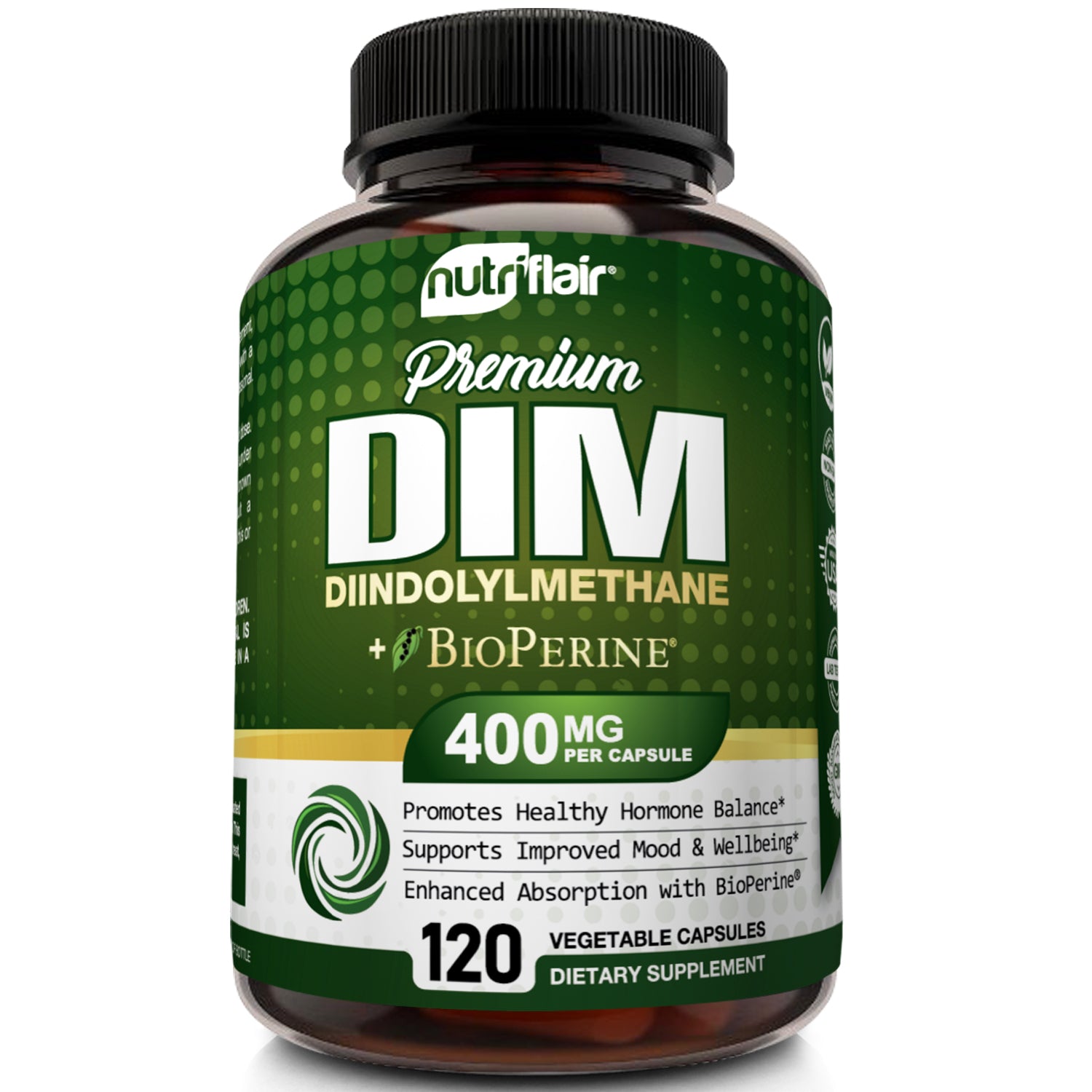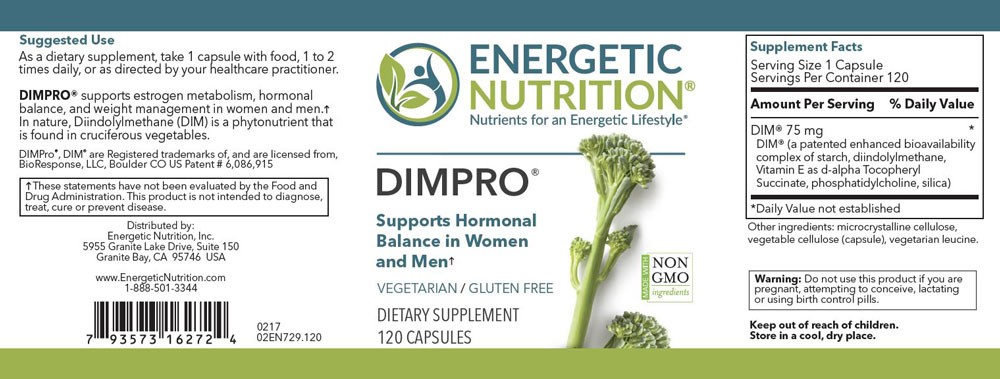

However, if the immune first line of defense can not completely destroy the invaders within a period of 3 to 8 weeks, it will compromise, leading to low-grade chronic inflammation(9).ĭiseases associated with low-grade chronic inflammation include diabetes, cardiovascular disease, and cancer(9).Ĭonventional treatment of acute phase inflammation is to manage inflammation and prevent the risk of long-term damage, including anti-inflammatory nonsteroidal anti- inflammatory drugs (NSAIDs) which can be bought without a prescription(10). Most harmful pathogens are stopped at the acute phase of infection(9).
#Dim supplement breast cancer pro
In severe cases, a protein with duo functions in the production of pro and anti- inflammatory cytokines which produce anti-inflammatory cytokines under normal condition also switch to produce pro-inflammatory cytokines(9). Overproduction of proinflammatory cytokines in some cases have been found to damage nearby healthy cells and tissues, causing the formation of scars(9). In the acute phase of infection, the immune system white blood cells in the first line defense stimulate the production of blood palette to cover the wound and the production of inflammatory cytokines to kill off micro-organisms, leading to symptoms of fever, redness and swelling(8). Inflammation is a natural response of the immune system which tries to protect our body by destroying the harmful pathogens before they cause damage(8).

3,3'-Diindolylmethane or DIM Health Benefits 1. Intake of DIM as a form of supplement should be taken with extreme care to prevent overdose toxicity(7). Most common secondary metabolites are flavonoids, phenolic and polyphenolic compounds, terpenoids and sulfur-containing compounds(4).ģ,3'-Diindolylmethane or DIM is phytochemicals derived from the digestion of indole-3-carbinol, belongings to the group of Indoles, found abundantly in broccoli, Brussels sprouts, cabbage, and kale(5), etc.Ī recent study from the US suggested that DIM may be a potent phytochemical for the prevention or treatment of the adverse effects caused by radiation and chemotherapy in breast cancer patients(6). Secondary metabolites are chemical compounds produced by bacteria, fungi, particularly in plants involved in the protection of the survival of the organism(3). Study of Phytochemicals has emerged as a potential source to find a better treatment or cure some diseases with little or side effects or to create a synthetic equivalence for commercial profits(2). Phytochemicals, the nonnutritional parts are natural chemical constituents in plants to protect against diseases and to form color as well as other organoleptic properties(1).

Sources The Science of Phytochemical: The Health Benefits of 3,3'-Diindolylmethane (DIM) I. 3,3'-Diindolylmethane or DIM Health Benefits


 0 kommentar(er)
0 kommentar(er)
